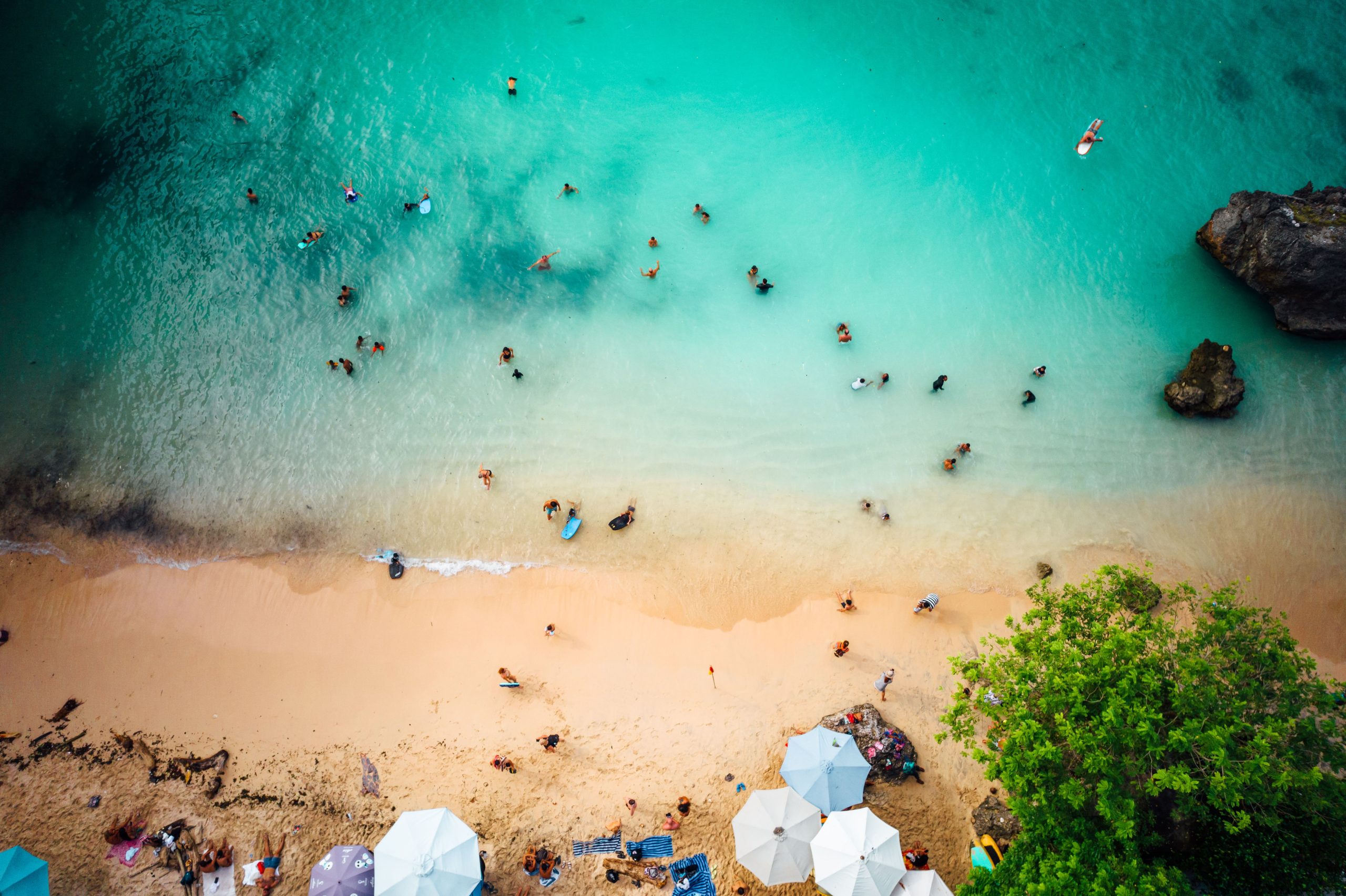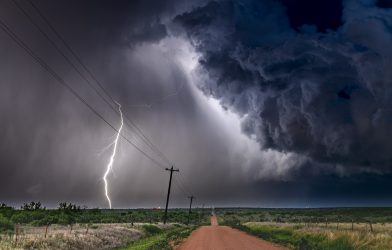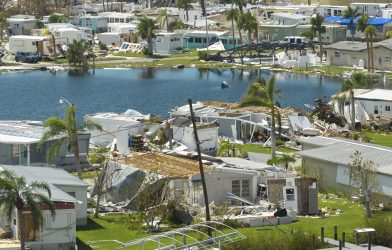When we think of rising sea levels, we often imagine a far-off future. But for many of the world’s most iconic travel destinations, the reality is already here. Beaches are shrinking. Islands are disappearing. Famous landmarks are flooding more often. The places we love to explore are being reshaped — sometimes permanently — by the rising tide.
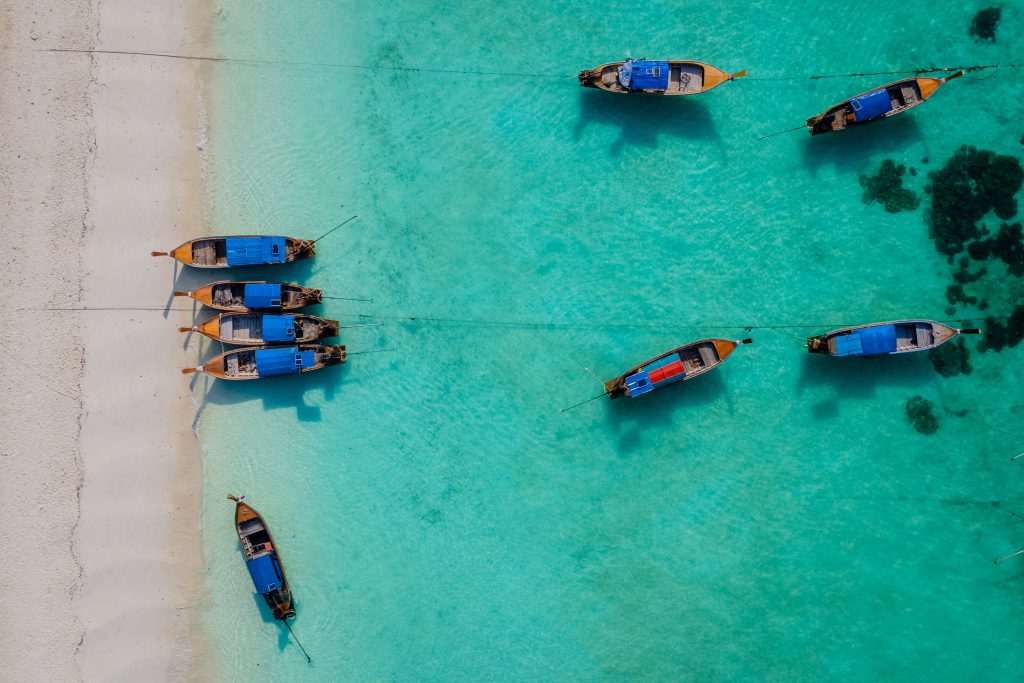
The Slow Flooding of Paradise
Places like the Maldives, the Seychelles, and Tuvalu — once seen as dreamy, Instagram-worthy escapes — are on the front lines of sea level rise. These low-lying island nations are seeing their coastlines eroded and freshwater supplies contaminated by saltwater intrusion. In some areas, locals are already relocating inland, and scientists predict that entire communities may be uninhabitable within the next few decades.
This isn’t theoretical — it’s happening now.

Venice: A Living Museum Underwater
Take Venice, Italy — a city beloved for its canals and timeless charm. “Acqua alta,” or high water, has always been part of its identity. But the frequency and severity of flooding have increased dramatically in recent years. St. Mark’s Square now floods dozens of times a year, and long-term solutions like sea barriers are being tested to save the city from further damage.
Disappearing Beaches and Sinking Shores
In the U.S., places like Miami Beach and parts of Louisiana are experiencing frequent “sunny day flooding,” where streets flood even without rain due to rising tides. Coastal erosion is swallowing beaches in Hawaii, forcing hotels to build protective walls — which ironically speed up erosion in other areas.
In Southeast Asia, Bangkok is slowly sinking, made worse by both sea level rise and ground subsidence. Some experts estimate large parts of the city could be underwater by 2050 unless major infrastructure is overhauled.
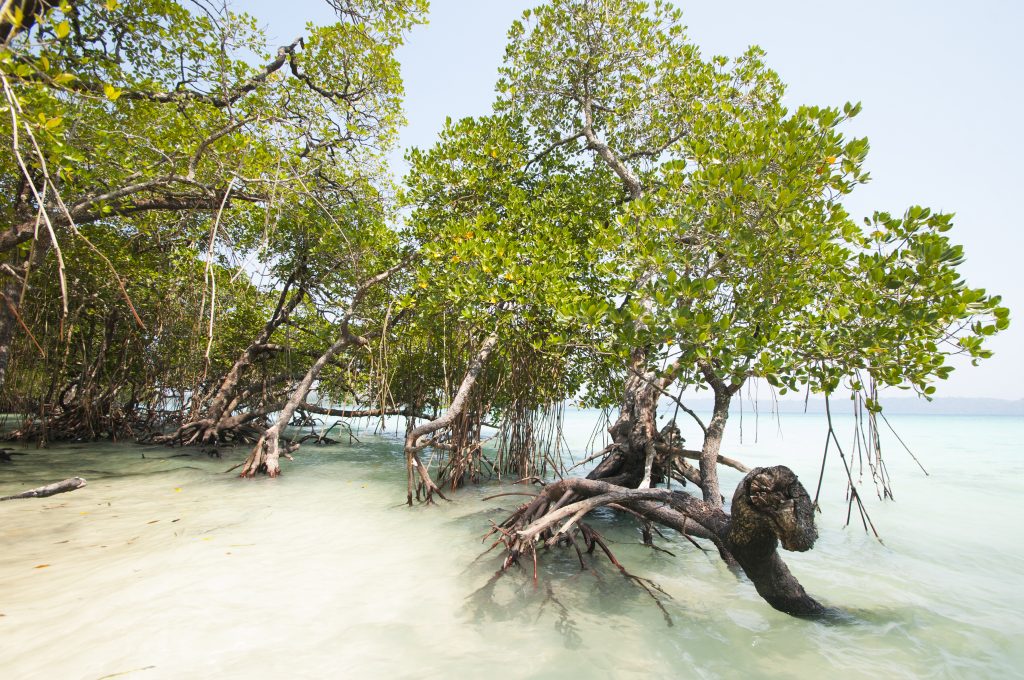
Wildlife Tourism at Risk
It’s not just cities and resorts at risk — natural wonders are too. Rising sea levels are destroying nesting grounds for sea turtles and coastal habitats that support marine biodiversity. Popular eco-tourism destinations like the Sundarbans (India/Bangladesh) are losing land to the sea, threatening both wildlife and the communities that rely on them for tourism.

How Travel Is Changing
As climate change continues, “last chance tourism” is becoming a trend — people rushing to see places before they disappear. Think the Great Barrier Reef, which has suffered mass bleaching events, or Glacier National Park in the U.S., which had 150 glaciers in 1910 and now has fewer than 30.
But this kind of travel comes with a question: Are we helping or hurting?
Traveling Responsibly in a Changing World
Rising sea levels are a wake-up call, not just for governments and scientists, but for travelers too. The way we travel matters more than ever. Choosing eco-conscious destinations, supporting local communities working on climate resilience, and reducing carbon footprints are small steps that make a big difference.
Some destinations are adapting by building floating architecture, investing in seawalls, or even relocating entire populations. Others may not survive at all.
So when we say “see the world,” we also mean: see it while we still can — and protect it while we do.






